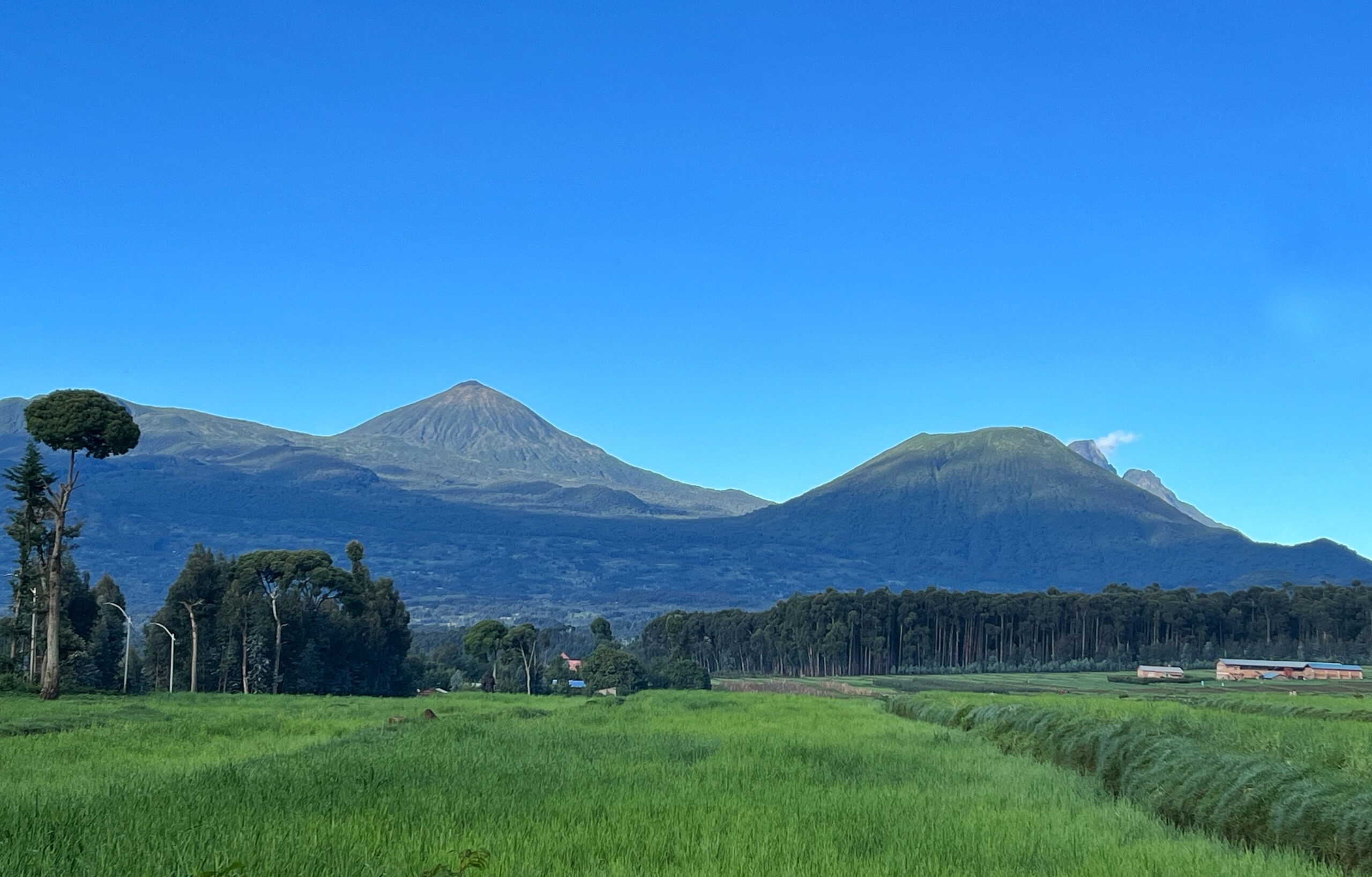Introduction
Rwanda’s Gishwati-Mukura landscape, once a lush expanse of montane rainforest, faced severe degradation due to deforestation, agriculture, and human settlement. Recognizing its ecological significance and the need for restoration, Rwanda embarked on a transformative journey to rehabilitate this vital ecosystem. This article delves into the concerted efforts to restore the Gishwati-Mukura landscape, highlighting the strategies employed, the challenges faced, and the successes achieved in reviving this critical habitat.
Historical Context
The Gishwati and Mukura forests, located in western Rwanda, were once part of a contiguous forest belt that stretched across the Albertine Rift. Over the decades, these forests suffered extensive deforestation, reducing Gishwati to a mere 1,500 hectares by the early 2000s. The loss of forest cover led to soil erosion, landslides, and a decline in biodiversity. Recognizing the urgent need for intervention, the Rwandan government, in collaboration with various stakeholders, initiated restoration efforts to rehabilitate the landscape and reestablish ecological balance.
Establishment of Gishwati-Mukura National Park
In 2015, Rwanda established the Gishwati-Mukura National Park, combining the two separate forests into a single protected area spanning approximately 3,558 hectares. This move aimed to safeguard the remaining forest fragments, promote biodiversity conservation, and provide a foundation for ecological restoration. The park’s creation also aligned with Rwanda’s broader environmental goals, including commitments to the Bonn Challenge and the African Forest Landscape Restoration Initiative (AFR100).
Restoration Strategies
Restoring the Gishwati-Mukura landscape required a multifaceted approach:
- Reforestation and Afforestation: Native tree species were planted to restore degraded areas, enhance biodiversity, and stabilize soils.
- Agroforestry Practices: Integrating trees into agricultural lands helped improve soil fertility, provide shade, and offer alternative income sources for local communities.
- Community Engagement: Local communities were involved in restoration activities, ensuring that conservation efforts aligned with their livelihoods and needs.
- Research and Monitoring: Continuous scientific studies monitored the progress of restoration, assessed biodiversity recovery, and informed adaptive management strategies.
Biodiversity Revival
The restoration efforts have led to notable improvements in biodiversity:
- Primate Populations: Species such as the eastern chimpanzee and golden monkey have shown signs of population recovery, indicating improved habitat conditions.
- Bird Species: The return of various bird species, including some endemics, highlights the positive impact of reforestation on avian diversity.
- Flora Regeneration: The reintroduction of native plant species has contributed to the reestablishment of the forest’s natural structure and function.
Community Benefits
The restoration of Gishwati-Mukura has also yielded socio-economic benefits:
- Employment Opportunities: Restoration activities have created jobs in tree planting, nursery management, and park operations.
- Eco-Tourism Potential: The park’s revival offers opportunities for eco-tourism, providing income for local communities and promoting conservation awareness.
- Environmental Services: Improved forest cover enhances water regulation, reduces soil erosion, and contributes to climate change mitigation.
Challenges and Future Directions
Despite the successes, challenges remain:
- Human-Wildlife Conflicts: As wildlife populations recover, interactions with human activities may increase, necessitating conflict mitigation strategies.
- Sustainable Funding: Ensuring long-term financial support for restoration and conservation efforts is crucial for sustained success.
- Climate Change: Adapting restoration strategies to address the impacts of climate change will be essential for the resilience of the ecosystem.
Conclusion
The restoration of the Gishwati-Mukura landscape exemplifies Rwanda’s commitment to environmental stewardship and sustainable development. Through collaborative efforts, the nation has made significant strides in reviving a once-degraded ecosystem, benefiting both biodiversity and local communities. Continued investment, adaptive management, and community involvement will be key to ensuring the long-term success of this restoration endeavor.

